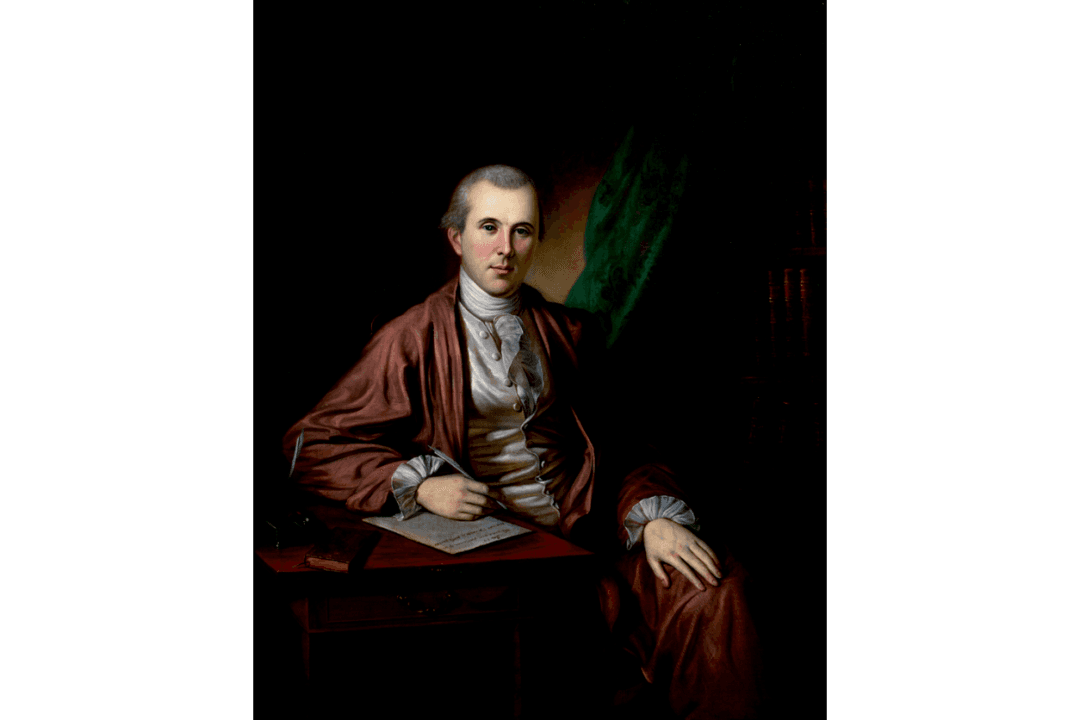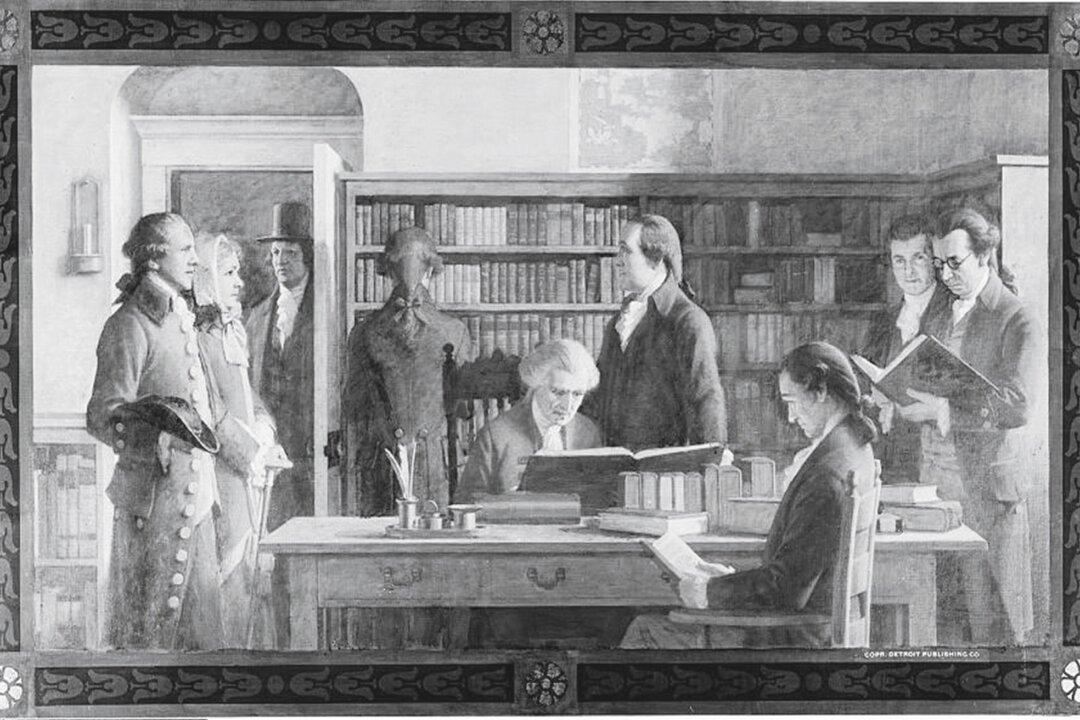“The most important and beautiful gift one human being can give to another is, in some way, to make life a little better to live,” Ellen Browning Scripps said in 1924. By this point in her life, she’d settled in San Diego and supported charitable causes throughout the city and area. However, Scripps’s life didn’t begin with wealth but instead with hard work and good sense.
An Early Investor
Scripps was born in London on October 18, 1836, but her father decided to move the family to the United States when she was 7. Scripps loved learning, so after finishing high school she enrolled at Knox College. She completed a course of study in 1859 and went on to teach. However, in 1873 she left her teaching career behind and joined her brothers in their newspaper ventures.Scripps invested her savings in her brother James’s new company, the Detroit Evening News, where she also worked as a proofreader. Her brothers continued to establish newspapers, and she continued to invest in them. By all accounts a sharp businesswoman, Scripps paid close attention to her finances and spent her money wisely.





